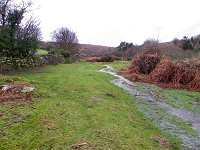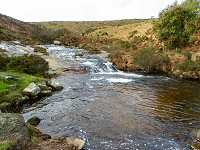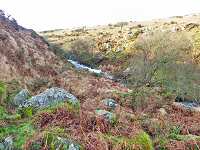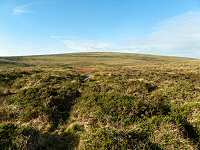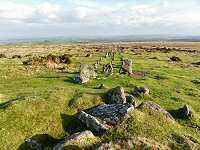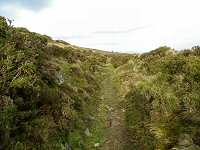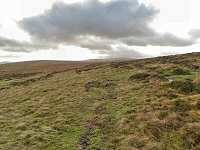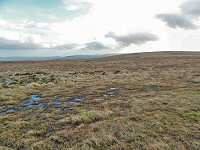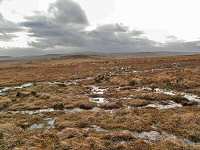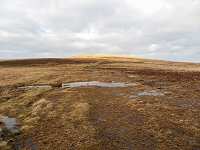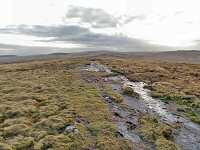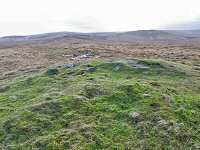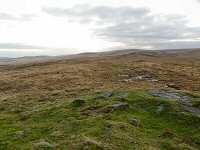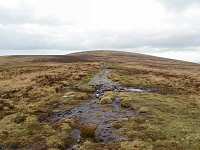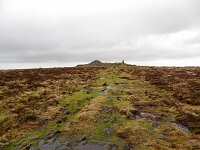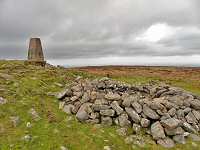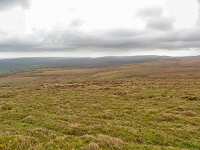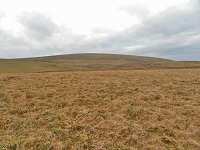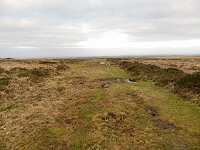
All | Little | Shorter | Standard | Longer | Tors | Relics | History | Links | Panoramas | Home
|
|
Little Hound TorThere are 3 Hound Tors on Dartmoor. One is the impressive tor near Manaton - commonly associated with the Baskervilles. The other 2 are miles away in isolated moorland south of Cosdon. Little Hound Tor is not really a tor but a cairn that was built in 1834 on a low hill by an ambitious local who hoped that it would become one of the tors of the original Dartmoor forest boundary. He could then increase his grazing rights. It is rather non descript but it gives the walker an excuse to approach the inner heartland of the northern moor. It's a pretty easy place to get to. From Little Hound Tor all sorts of walks become possible. Little Hound Tor is also known as Little Whit.Park offroad (SX 659910) near Throwleigh and head up the Blackaton Gorge passing Shilley pool on the way. At the top of the gorge make for the 3 track stone row at the foot of Cosdon Hill. Take the old peat path that skirts Cosdon towards Hound Tor. Be aware of the boggy ground around Raybarrow pool and plot your course accordingly. Then head westwards to gain the track between Cosdon and Little Hound Tor. Once you are on the track then the rest is straightforward. Head down to the Tor and then - if time is limited - head back up north to Cosdon. From the top of Cosdon you can then easily descend down the eastern side to the Blackaton ford and then walk back to the road via the easy ground of Throwleigh Common.A straightforward walk but the ground around Raybarrow is wet and boggy. You aren't in any military areas . Takes about 3 hours. |
|
All | Little | Shorter | Standard | Longer | Tors | Relics | History | Links | Panoramas | Home | |

